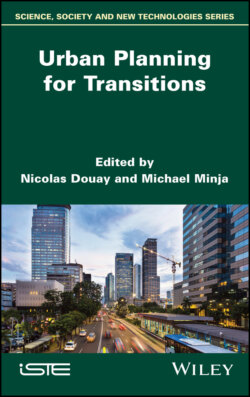Читать книгу Urban Planning for Transitions - Группа авторов - Страница 16
1.4. Conclusion
ОглавлениеThe resilient strategy adopted by the city of Rotterdam has, to a good extent, been able to address the different environmental, social, economic and political aspects of the city. After reading their experiences, goals and actions, we can claim that the whole strategy was well thought of and properly coordinated with the existing situation in terms of its methodology and comprehensiveness. It also dwelled on items at various scales and levels, as well as managed to preserve the city’s identity without neglecting its programs and actions.
However, after the brief assessment of Rotterdam’s Resilience Strategy, perhaps one important question that instantly comes to mind is whether they can actually make the changes they described. Execution of the strategy is probably the biggest challenge as it can be attested in many other global resilient strategies that only made it through the preparation stage but were never accomplished, mainly due to financial or political reasons.
After such a long, detailed and rigorous process of producing the strategy, it is only essential for the city to get the results and realize the goals within the coming years. It is fair to say that the city succeeded to formulate some strong goals and objectives linked with efficient “detailed actions”, which were derived from the real needs of the city that were addressed by the public and various stakeholders involved in the decision-making process and during the formulation of the strategy. Realizing this resilience strategy could make positive changes in the city at natural, economic and social levels.
